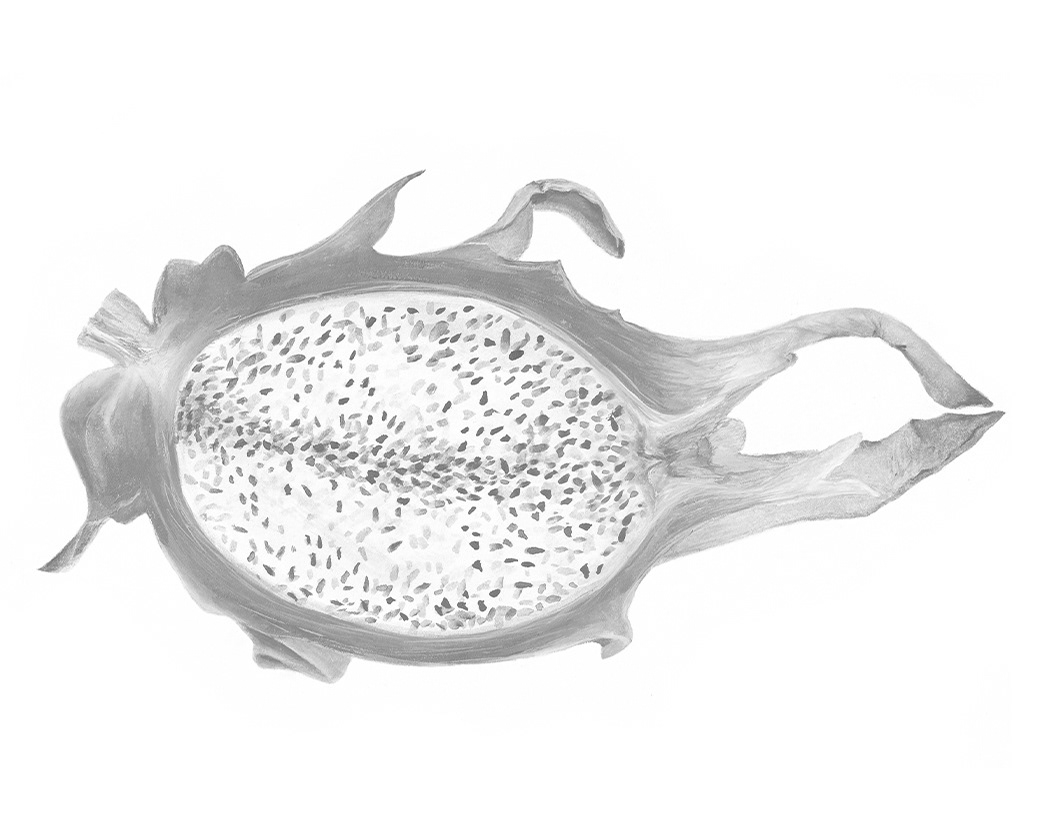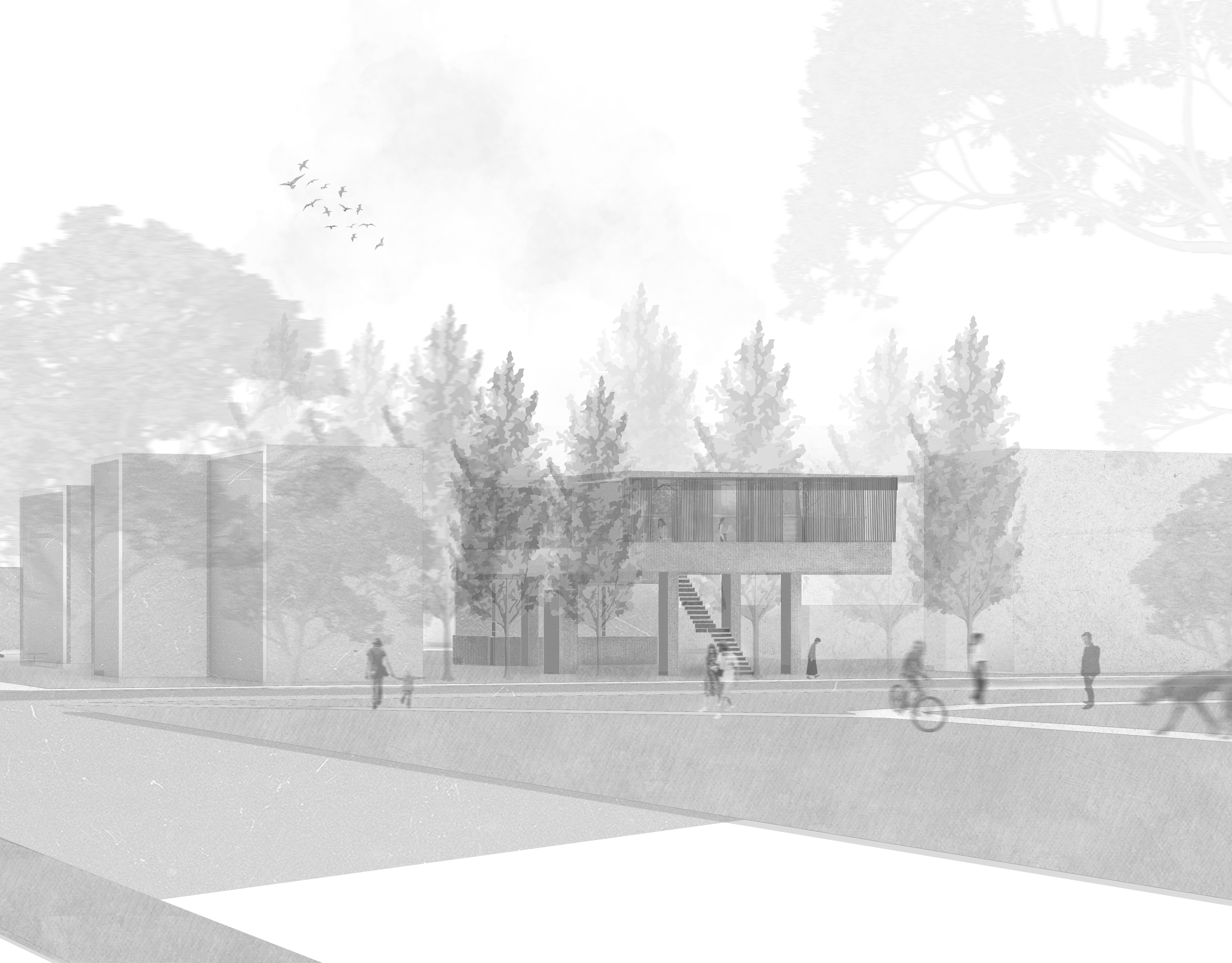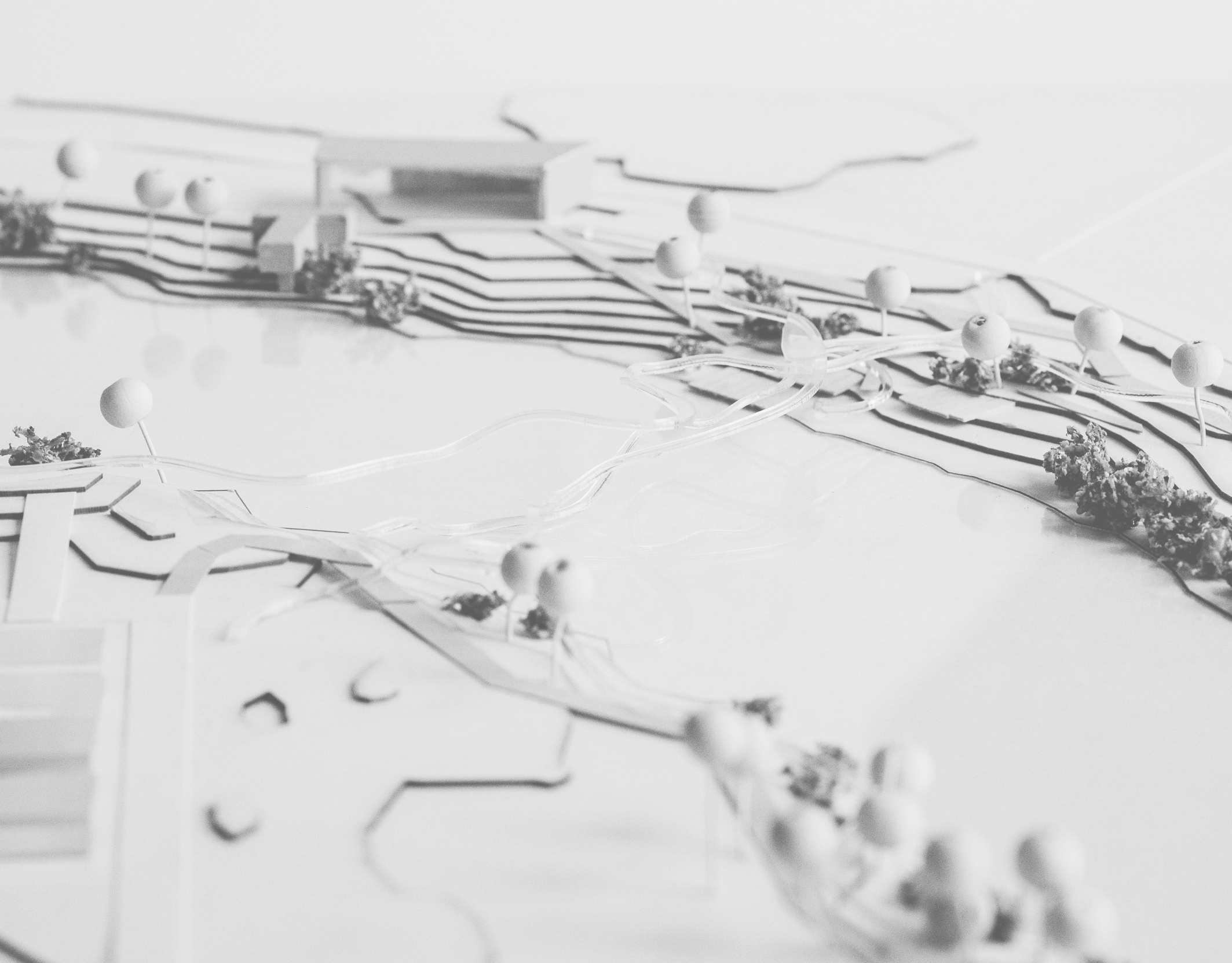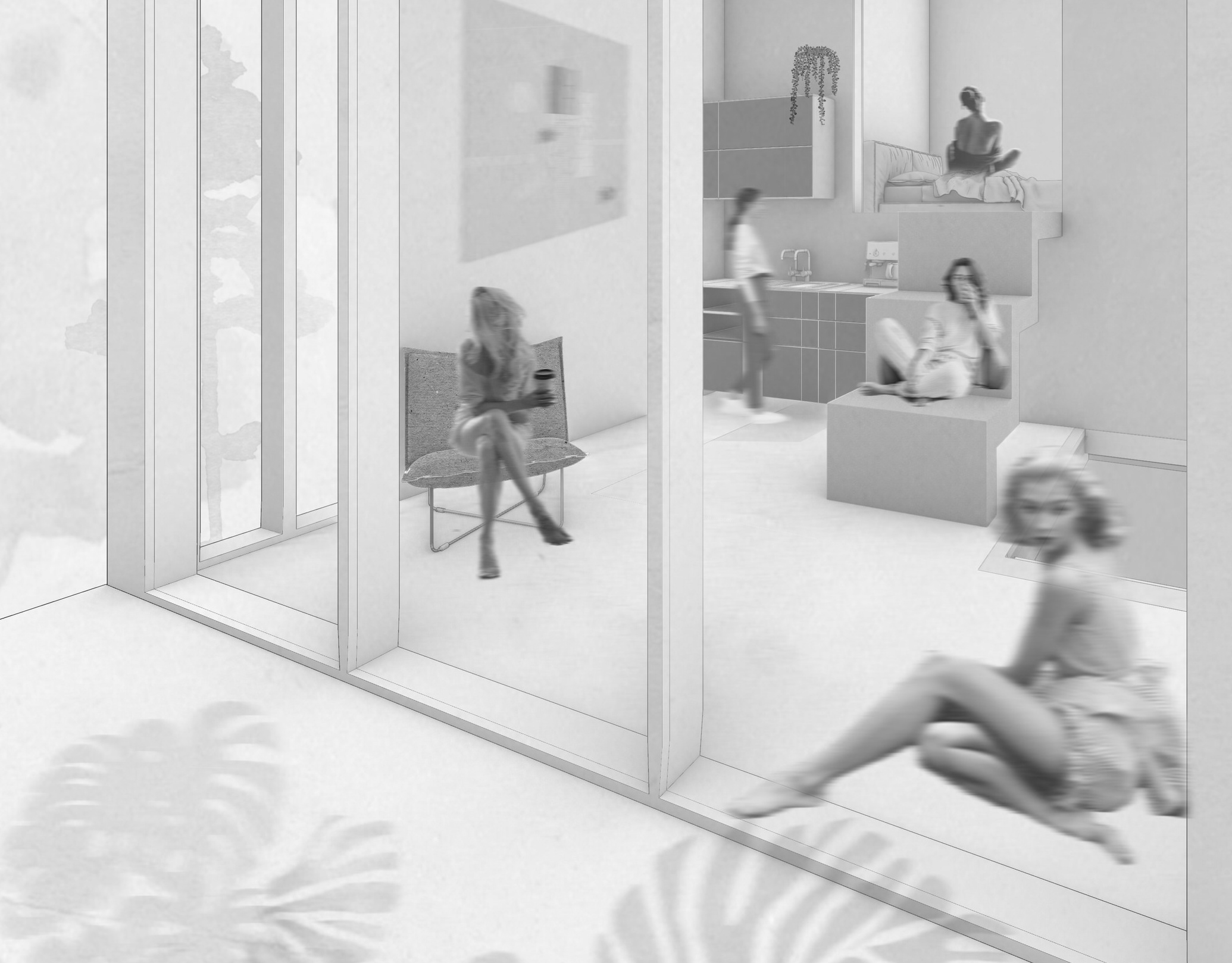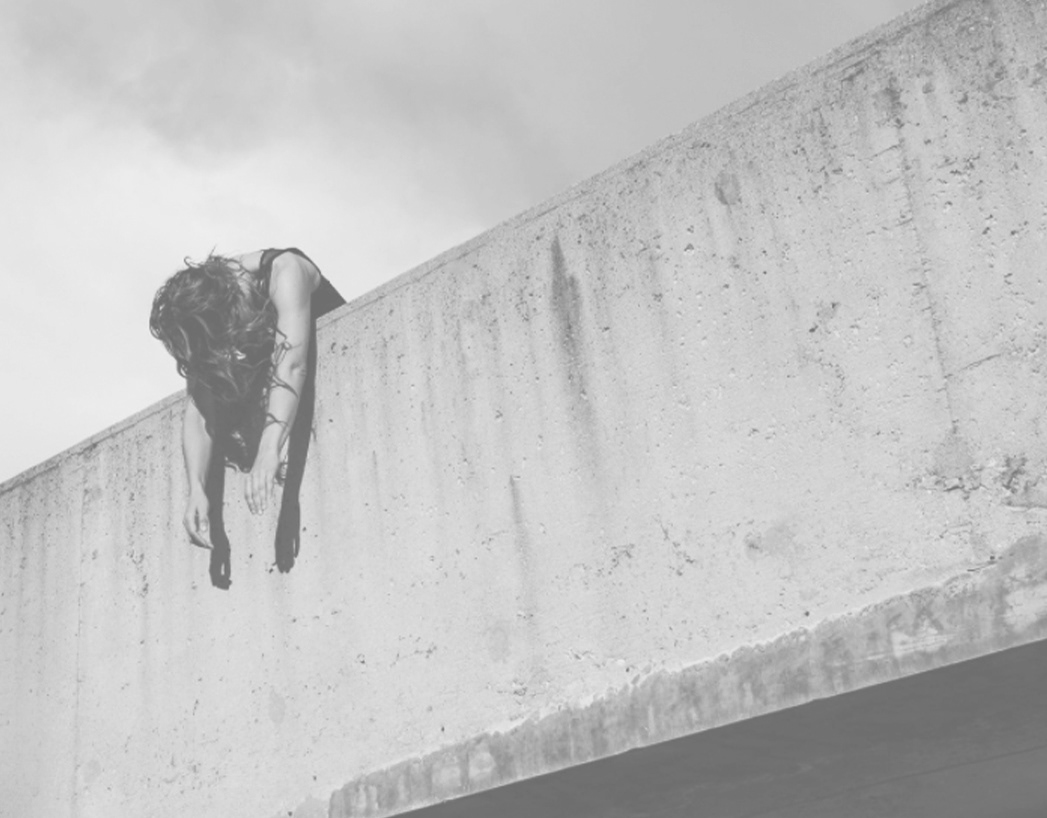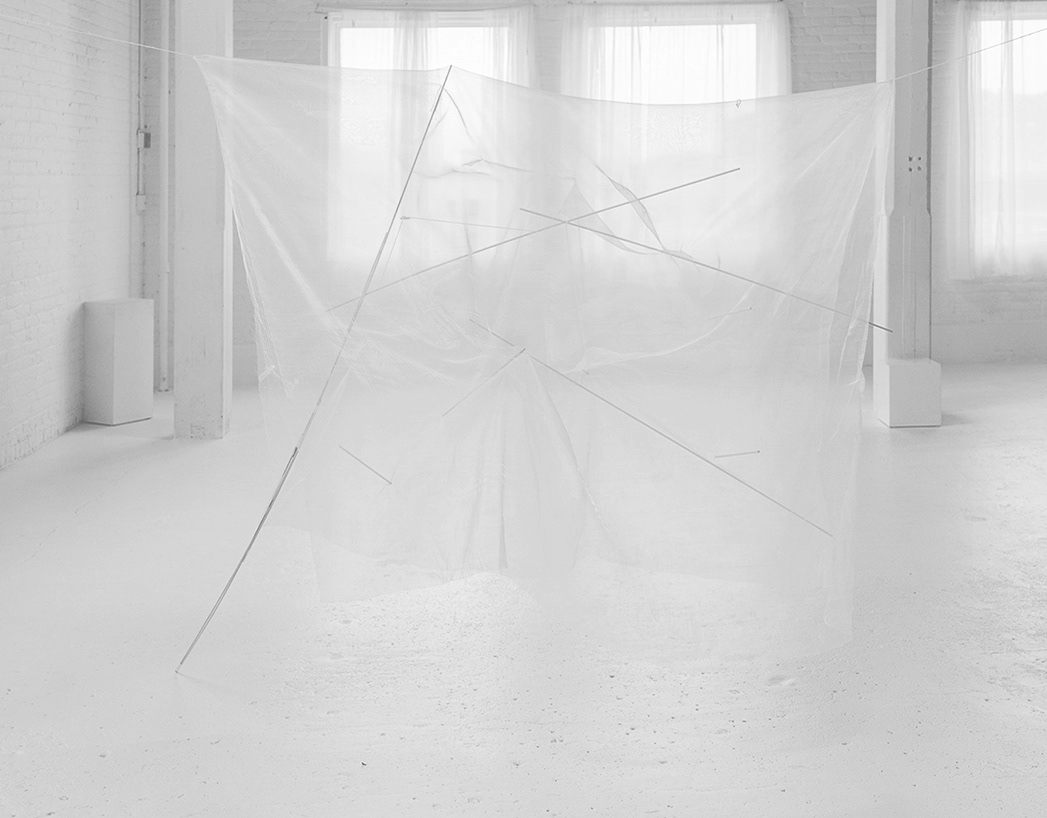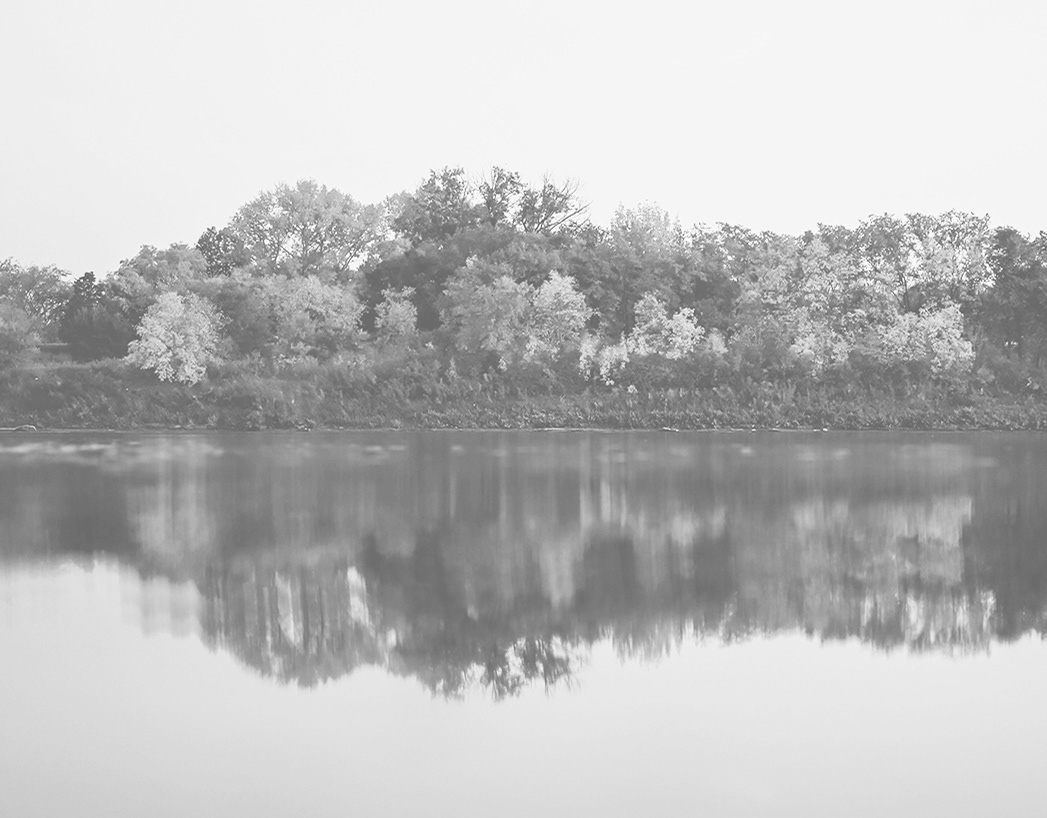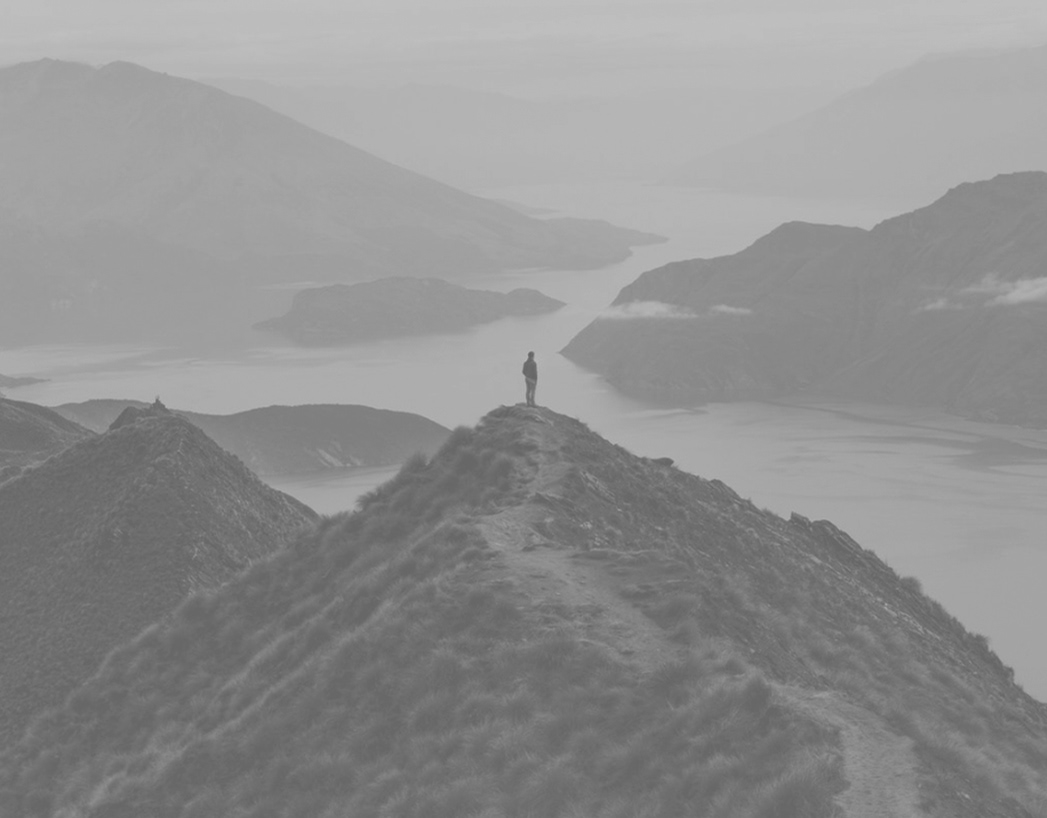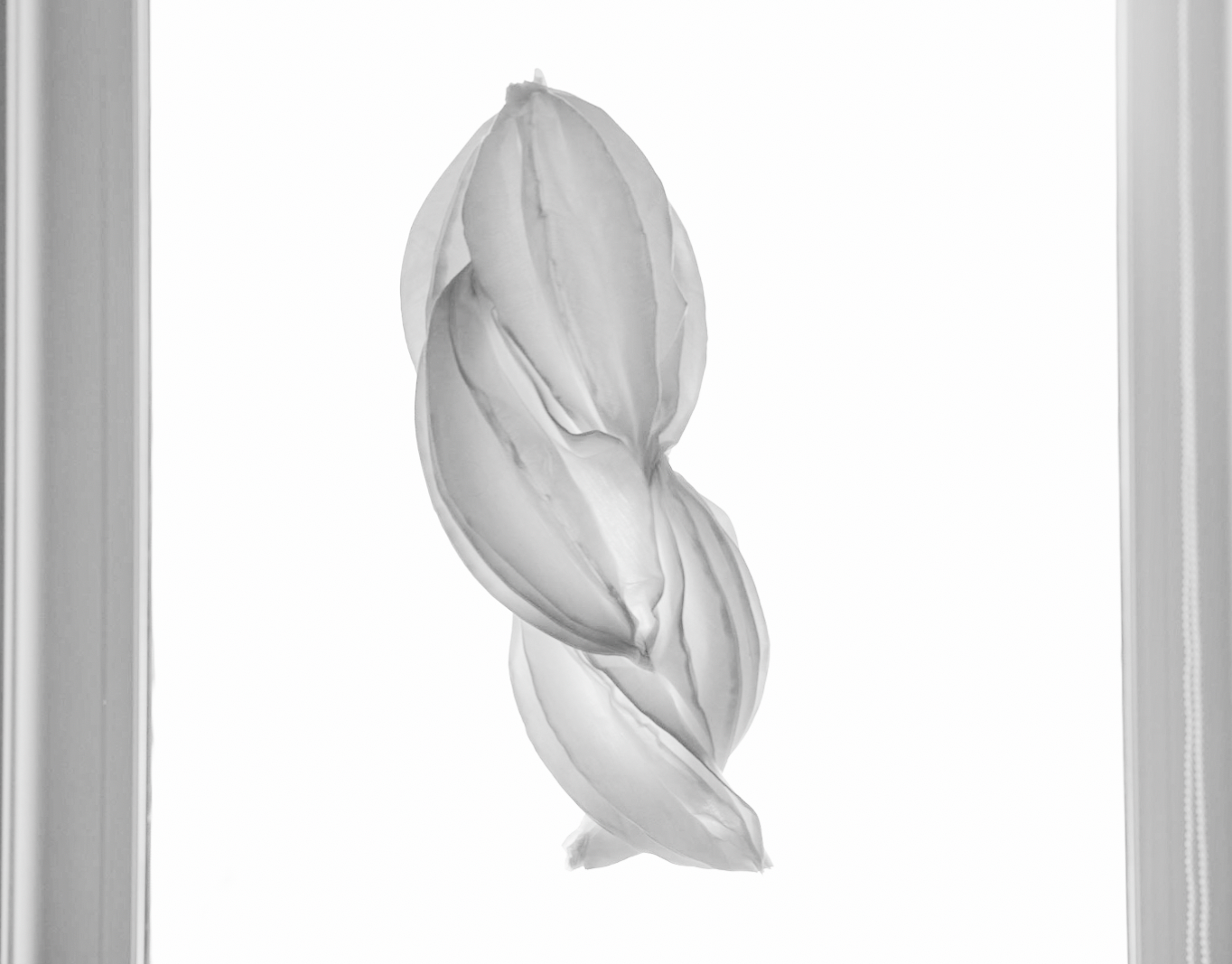P3.2 FROM MATERIAL TO SPACE _INDIVIDUAL / february28 - March 21
Instructor: Kim Wiese
INQUIRY
How and when do materials appear and emerge into space? How can we manipulate materials? How can materials interact with space? How can materiality affect spatial ambiances? How can we manipulate light and spatial experience through material modification? What are the creative opportunities and design implications of a light-material-form-space relationship? Can the presence or absence of light be modulated through a material (and its materiality)? How can such a relationship frame artistic, conceptual, expressive, and spatial experiences? How do we discuss and experiment with the modulation of light through materiality? Can we embed meaning in materials through tooling and technique?
Can new materiality emerge through re-use? How can our design address the advancements and challenges of inherited materiality that we witness today?
Can new materiality emerge through re-use? How can our design address the advancements and challenges of inherited materiality that we witness today?
INTENT
Light is an ephemeral component of design. It manifests its presence in space at every moment. Material’s shape and properties allow for light augmentation creating an immersive and captivating environment. Our bedrooms are intimate places where we dream, cry, make love, and rest. Keeping the space calm and light is essential with all the emotions surrounding that area. The bedroom room area was selected for the project. The south-facing windows provide the space with plenty of light reflected on and off surfaces and scattered through the room. The shape chosen to construct my installation is a biomimetic form inspired by the fauna and flora of the sea. The created structure employs daylight to illuminate the space and creates a weightless sensory experience. The initial exploration of cotton fabric properties allowed for careful selection of the project material. The stiff loose, weave cotton cheesecloth was chosen. This rigid yet flexible material can retain its shape when modulated while appearing sheer and weightless. The designed pattern was carefully sewed and reinforced with boning around the edge. The two-dimensional fabric was transformed into a three-dimensional light augmenting structure. The installation represents a poetic interpretation of light materials and space. The natural light from the window allows the sun’s rays to penetrate through the fabric, highlighting the sewing patterns and softening the ambience of the environment. Biomimetic forms emerge strategically from the corner of the room. Each element of the form gently sculpts the natural light. The direct light rays penetrating the room are diffused and filtered by the sheer sculpture, which highlights the sewing patterns and enhances the environment's ambiance. As light reflects off the walls, it is scattered, and amplified, creating a soft gradient of light and shadow. Natural light becomes an object, creating a sensory ambiance of weightlessness and tranquillity. The materials become alive through form and light interaction. This structure allows for the intangible ephemeral qualities of light to take a form and creates an otherworldly experience for the spectator.
The bedroom faces south. Therefore the light rays enter the space through the window at a high angle, shining on the floor and reflecting towards the walls and the ceiling. Even the room is relatively bright; both the south wall corners don't get as much of the reflected light and appear darker.
Sketch ideas, various shapes and locations of possible installations.
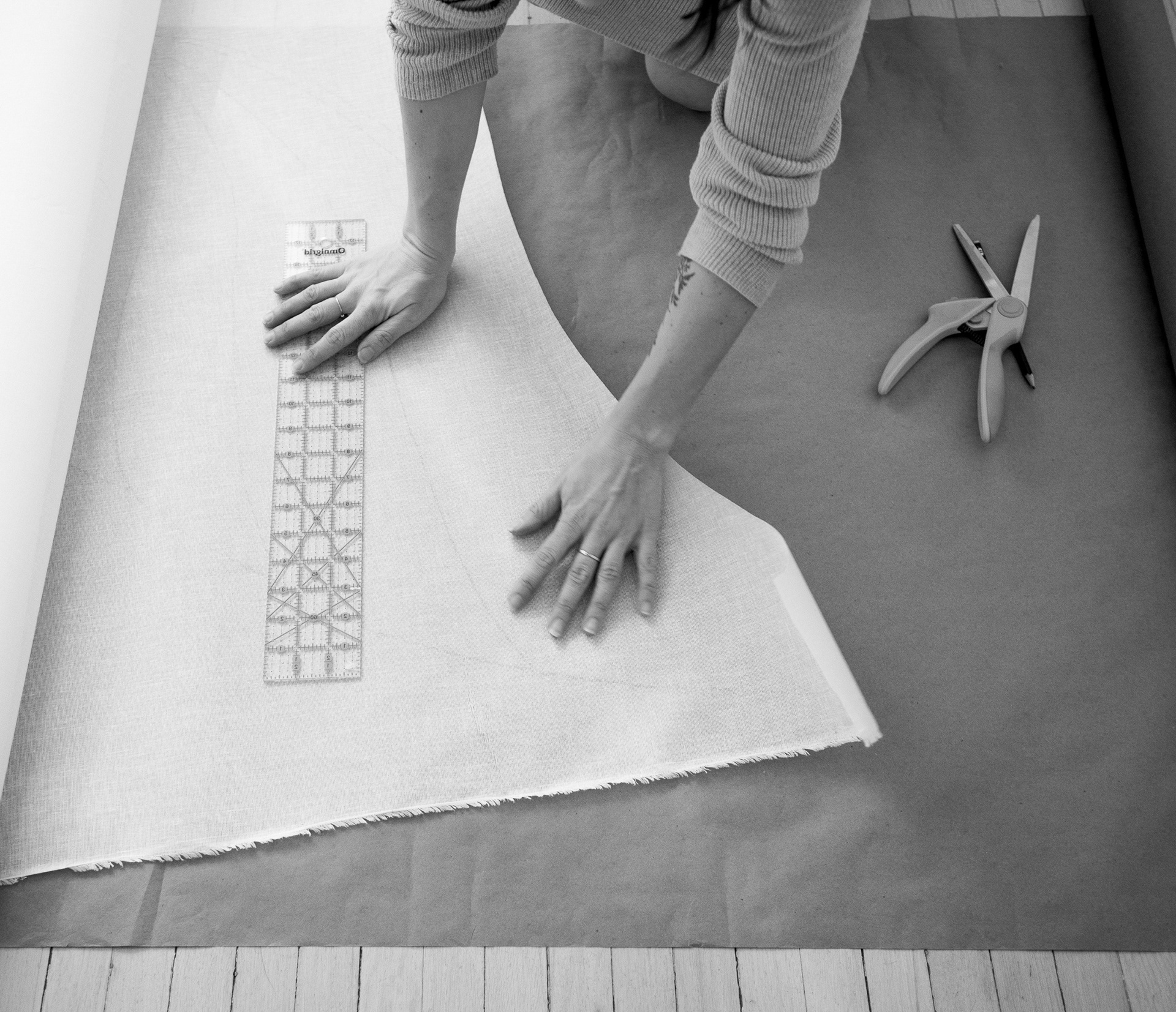
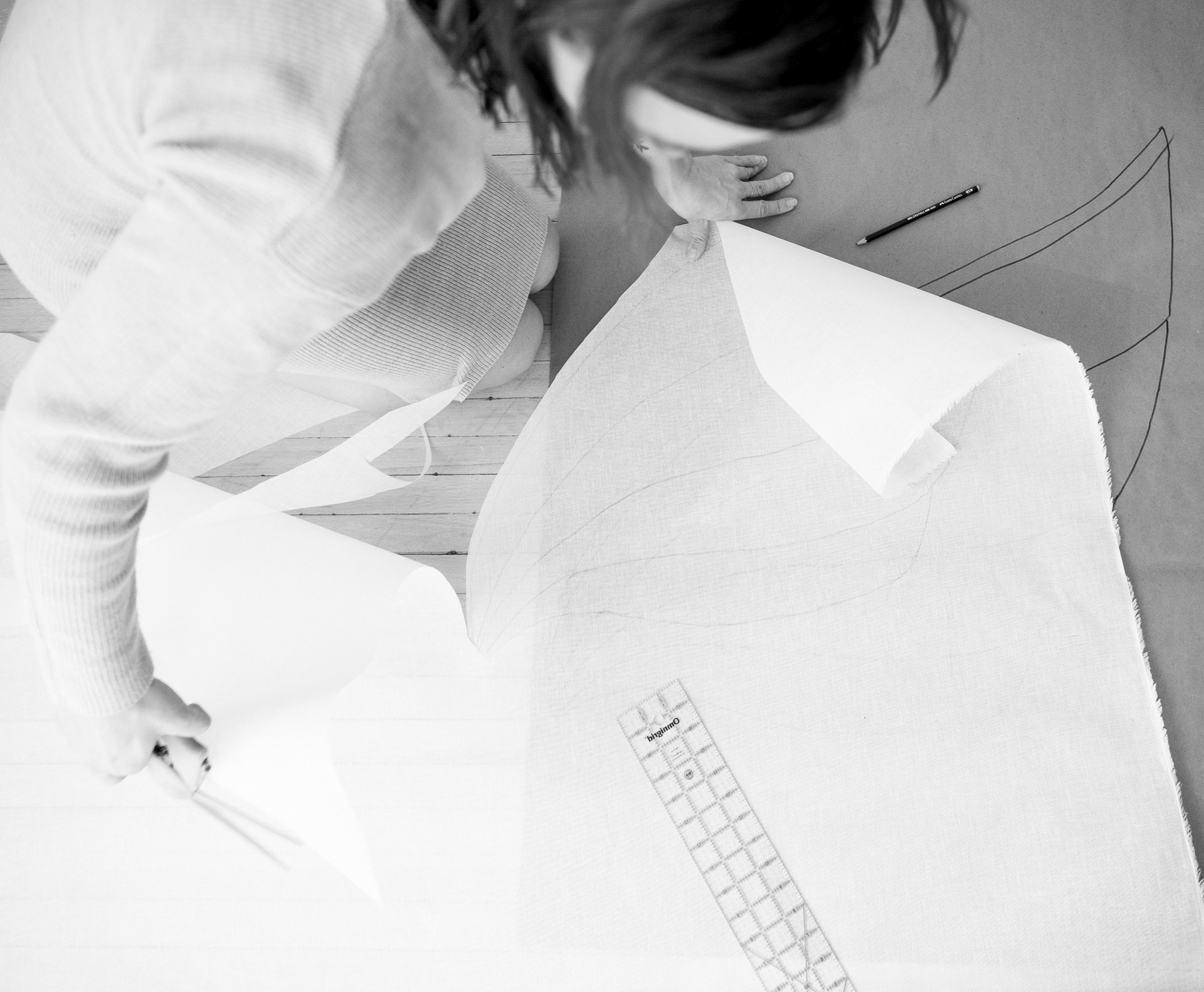
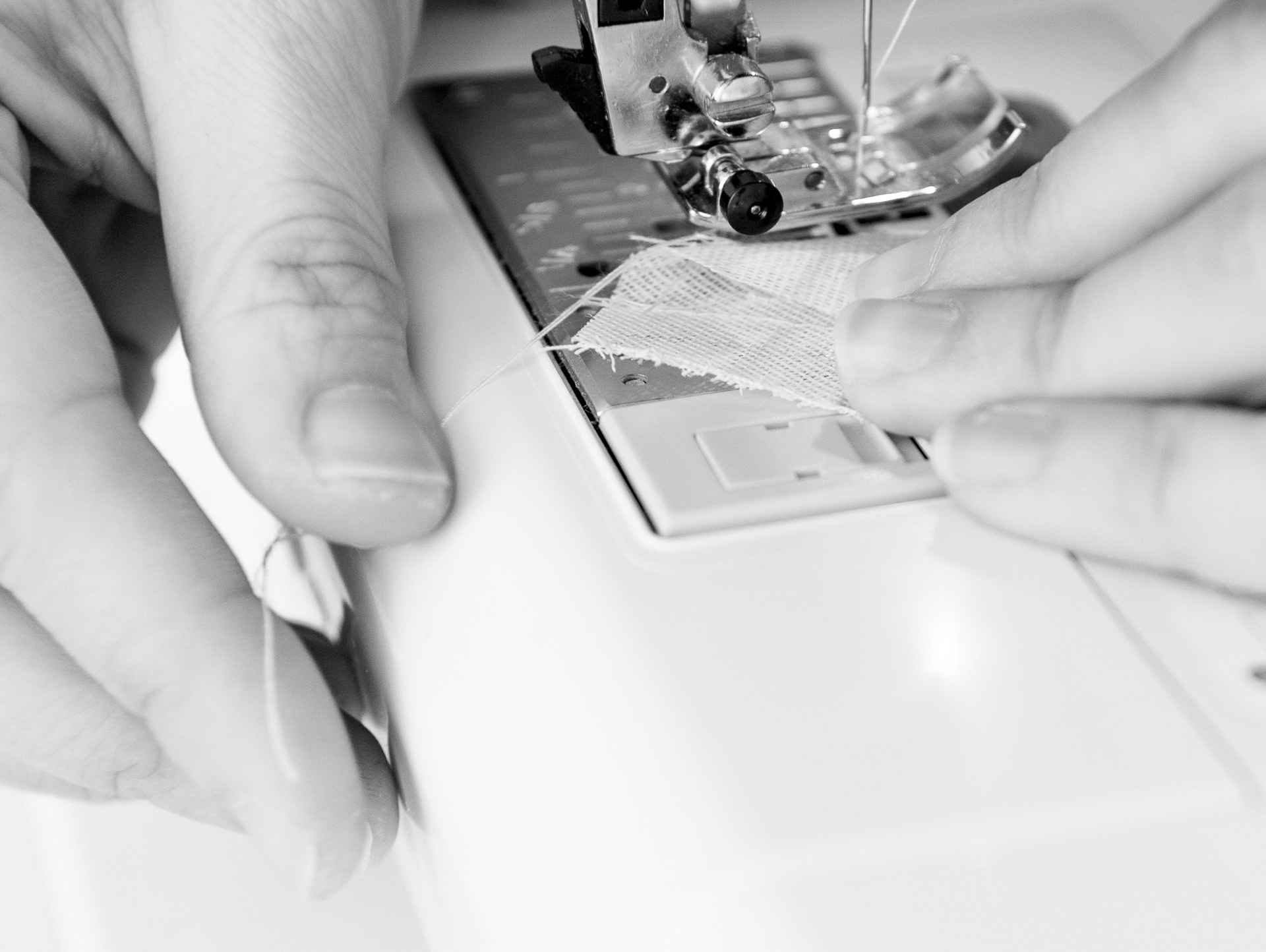
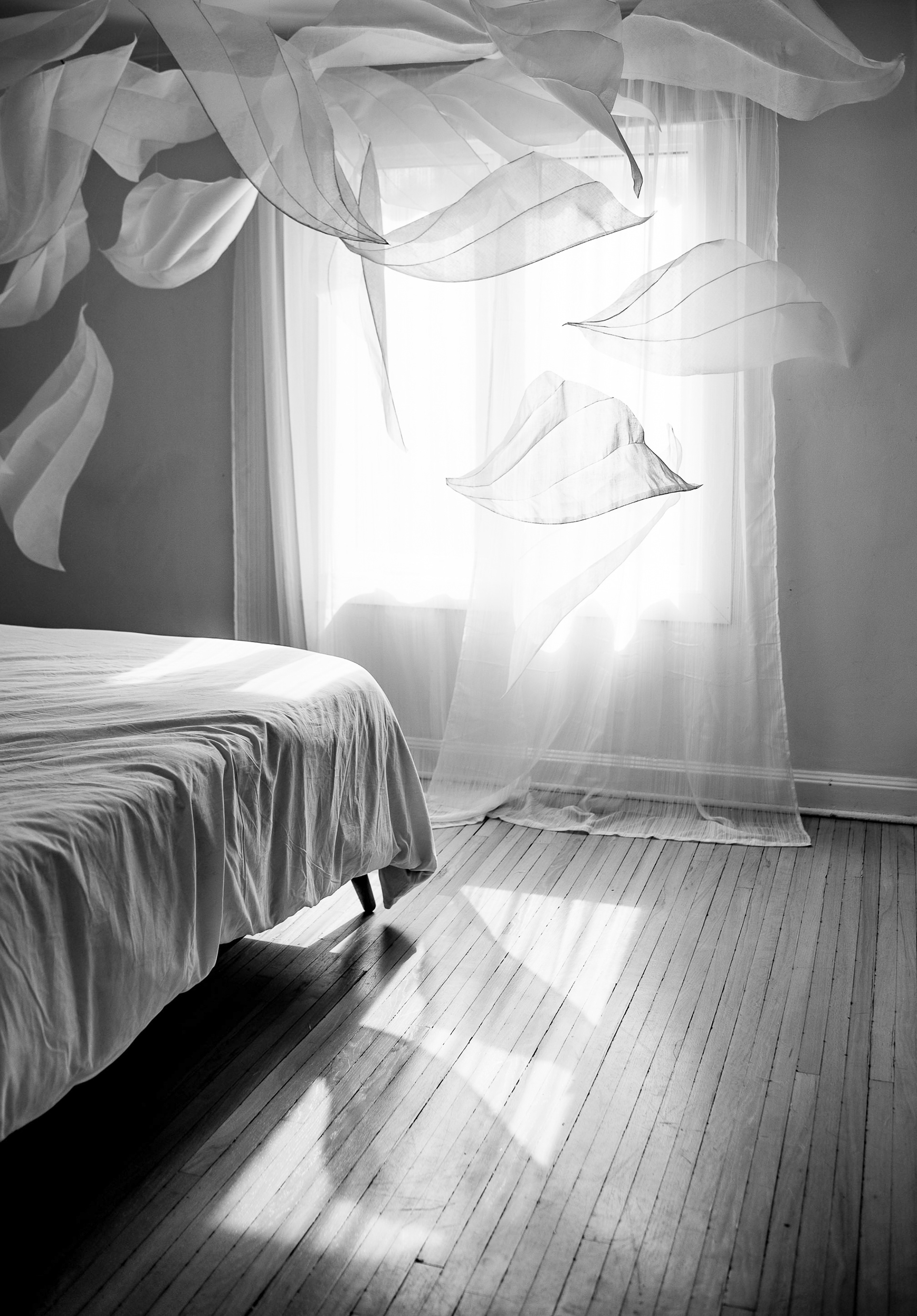
Techniques of pattern making, sewing, pleating, boning, and stiffening – among others, provided structure and geometric precision.
The cotton chosen for the installation is a loose weave cheesecloth, which is stiffened and able to retain a flexible but rigid shape. The designed pattern was cut and carefully sewed. In addition, the music wire was sewed around the edge of the form, which acts as structure boning and prevents sagging.
The form is connected to the ceiling by cotton threads, which allow the suspended structure to feel weightless and ephemeral. The two-dimensional fabric was transformed into three dimensional light augmenting structure.
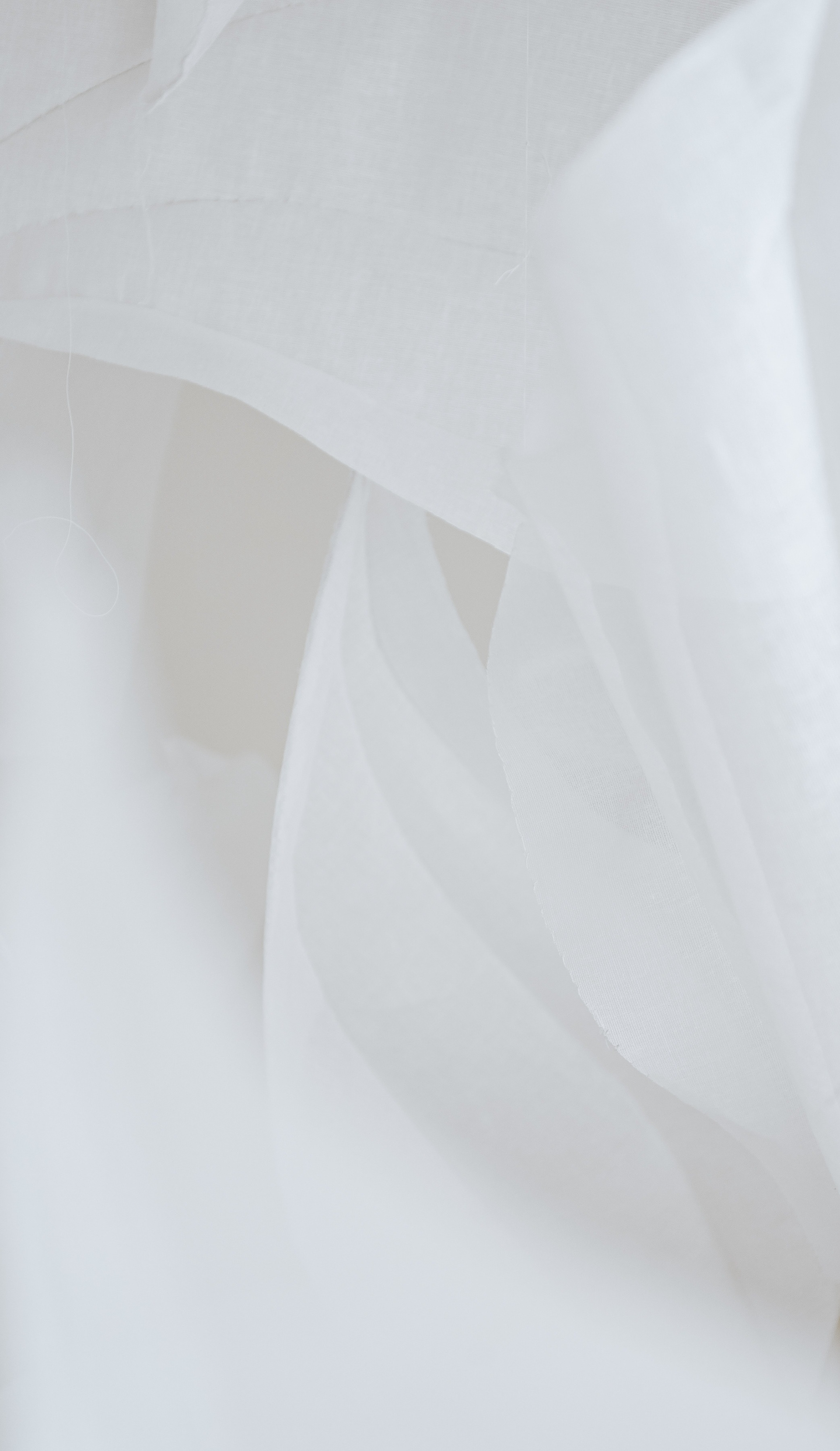
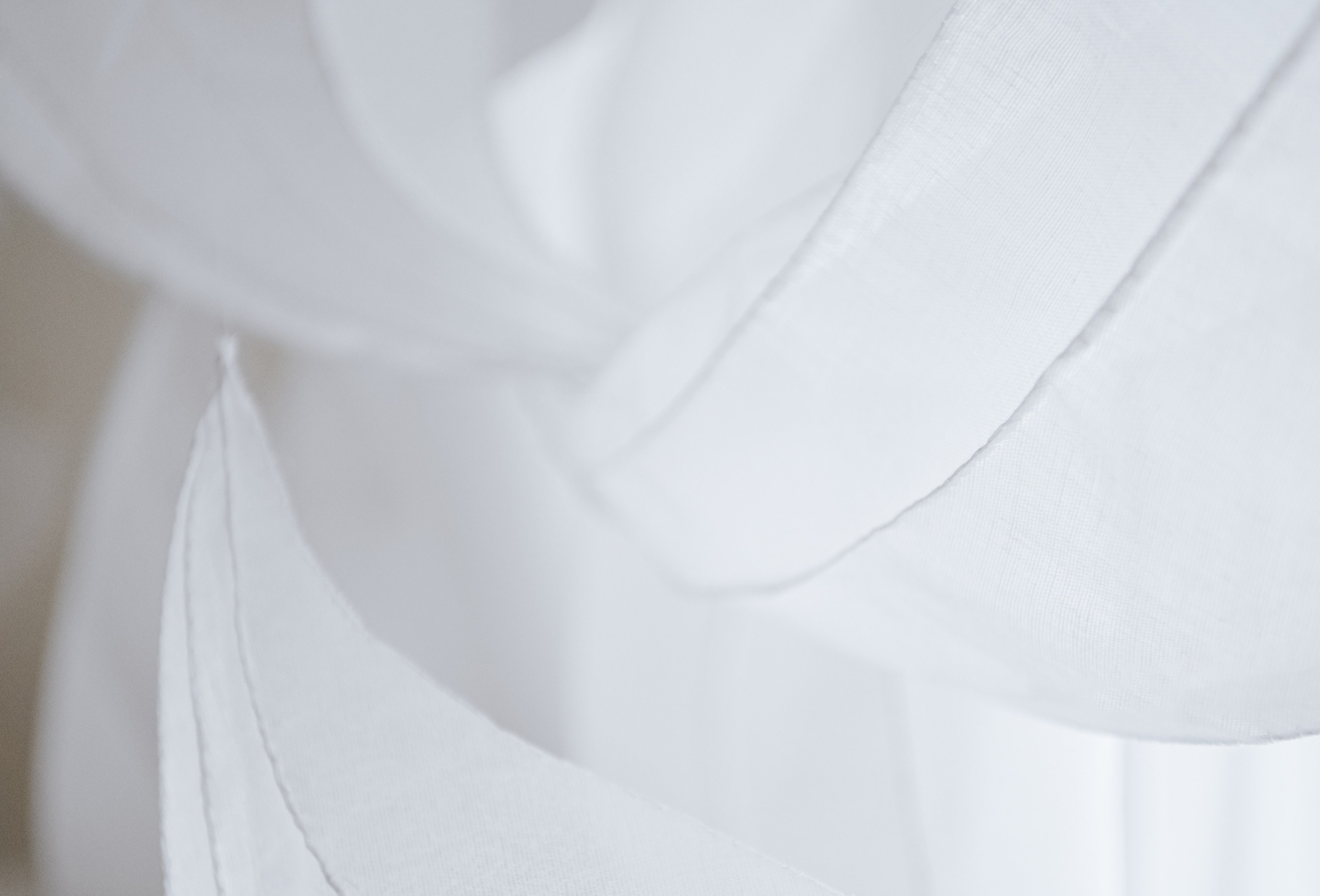
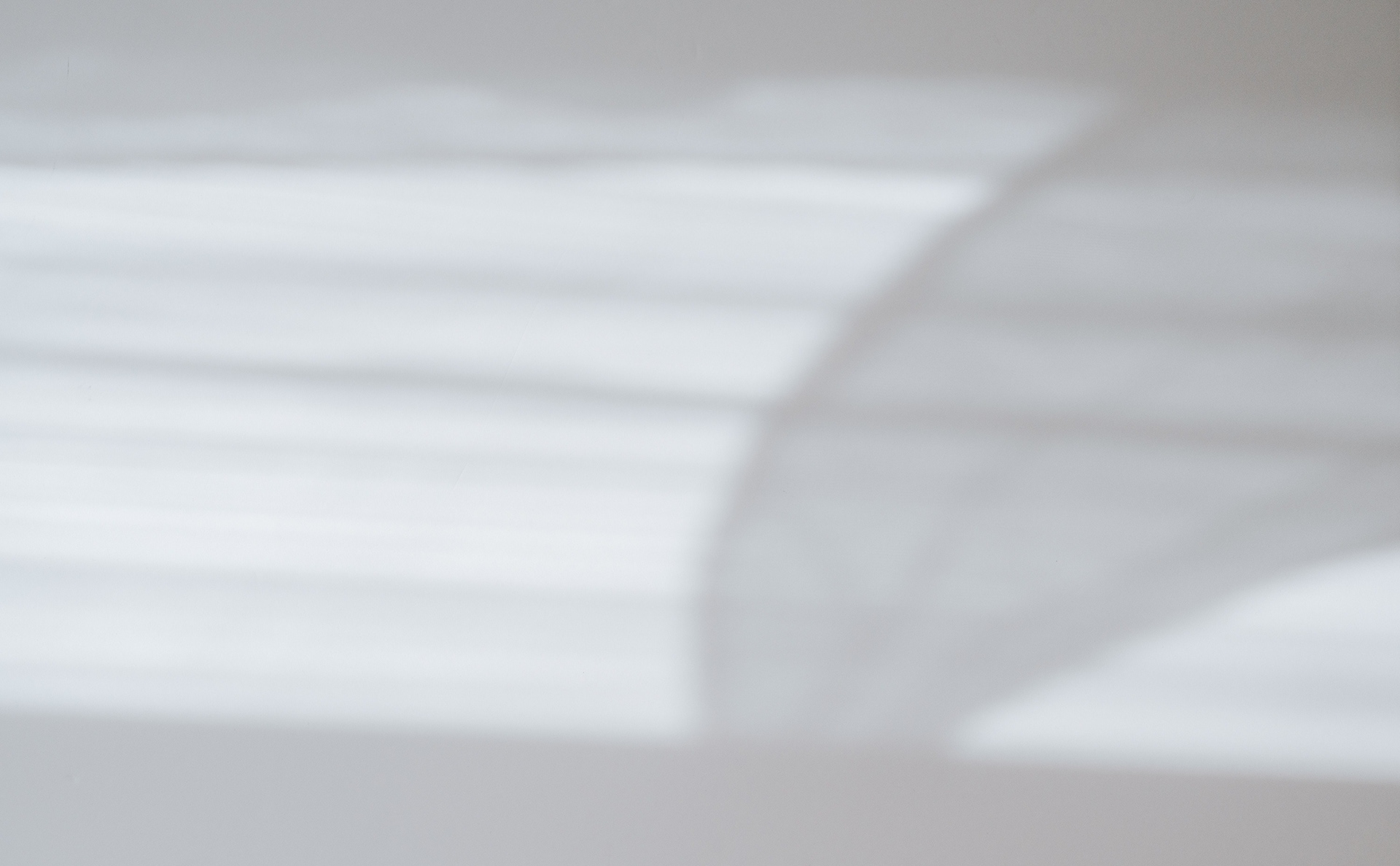
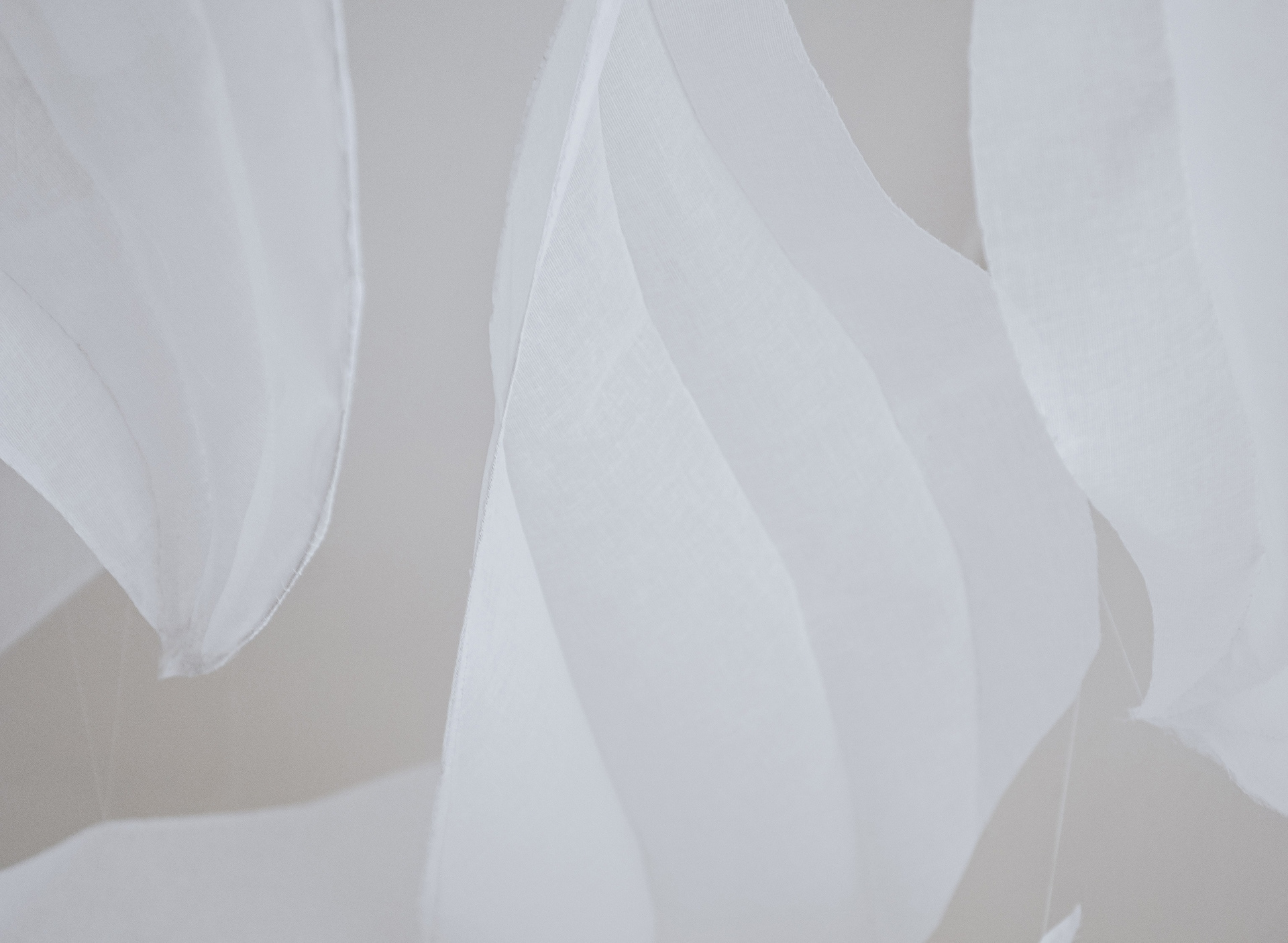
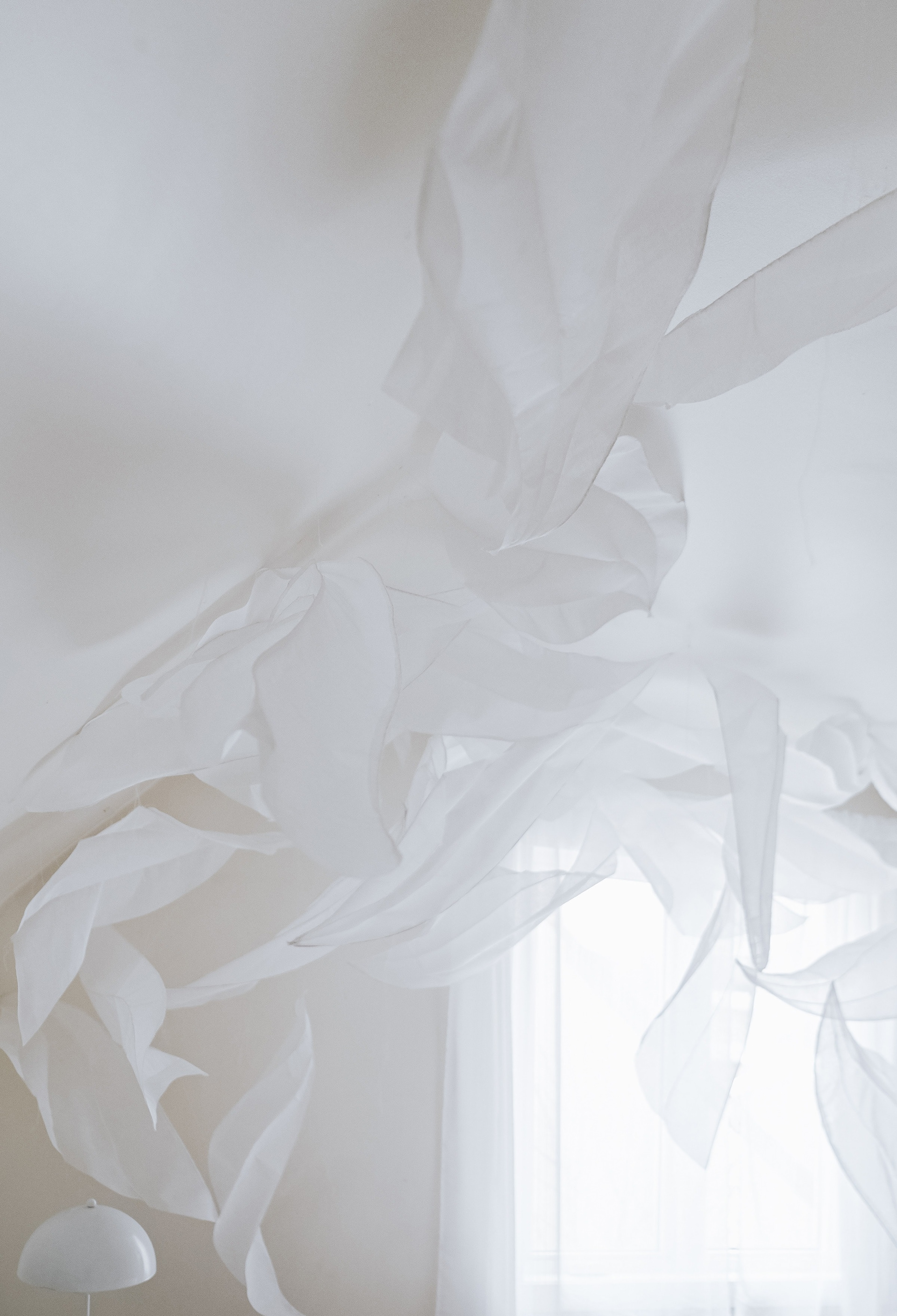
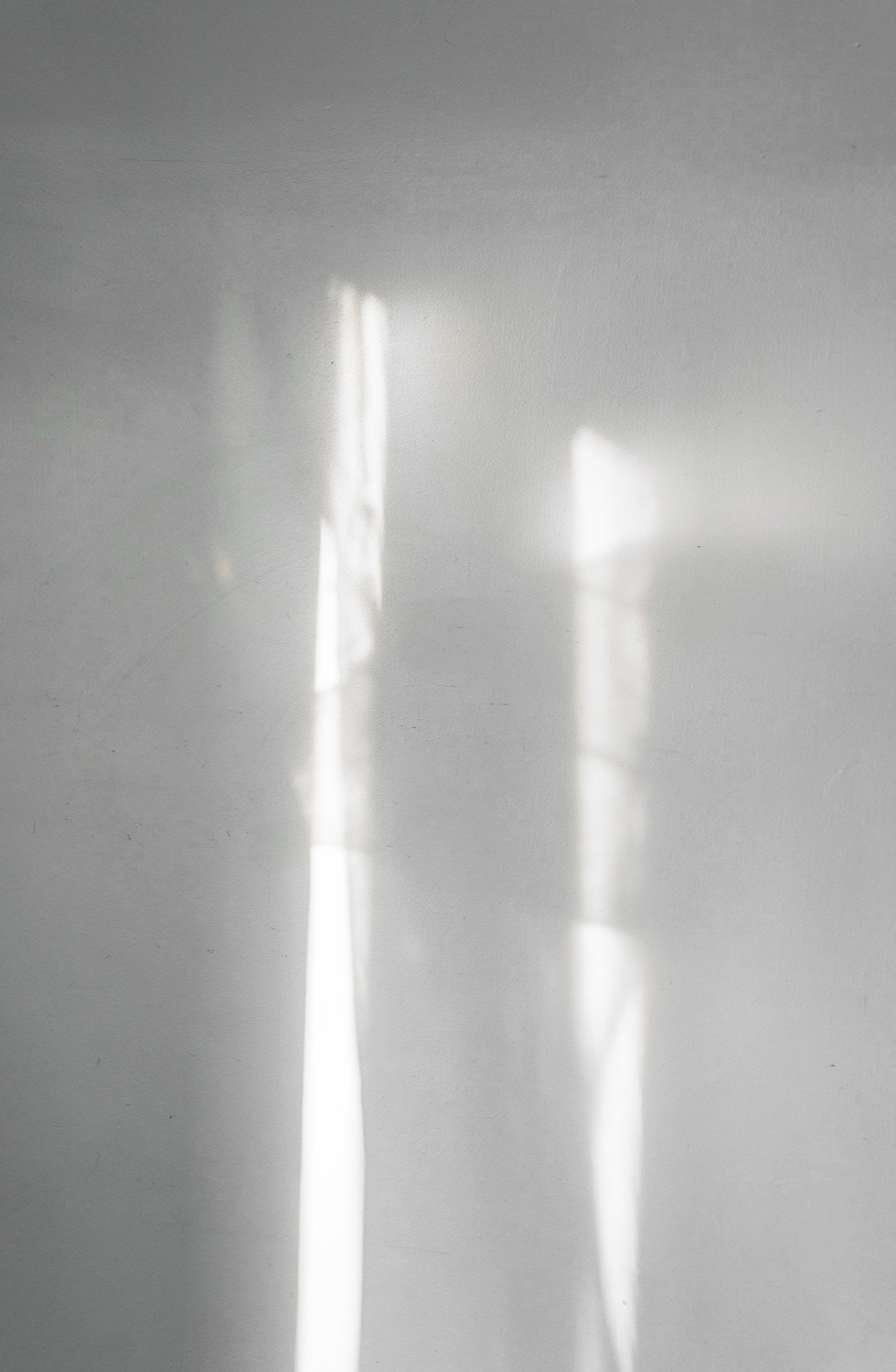
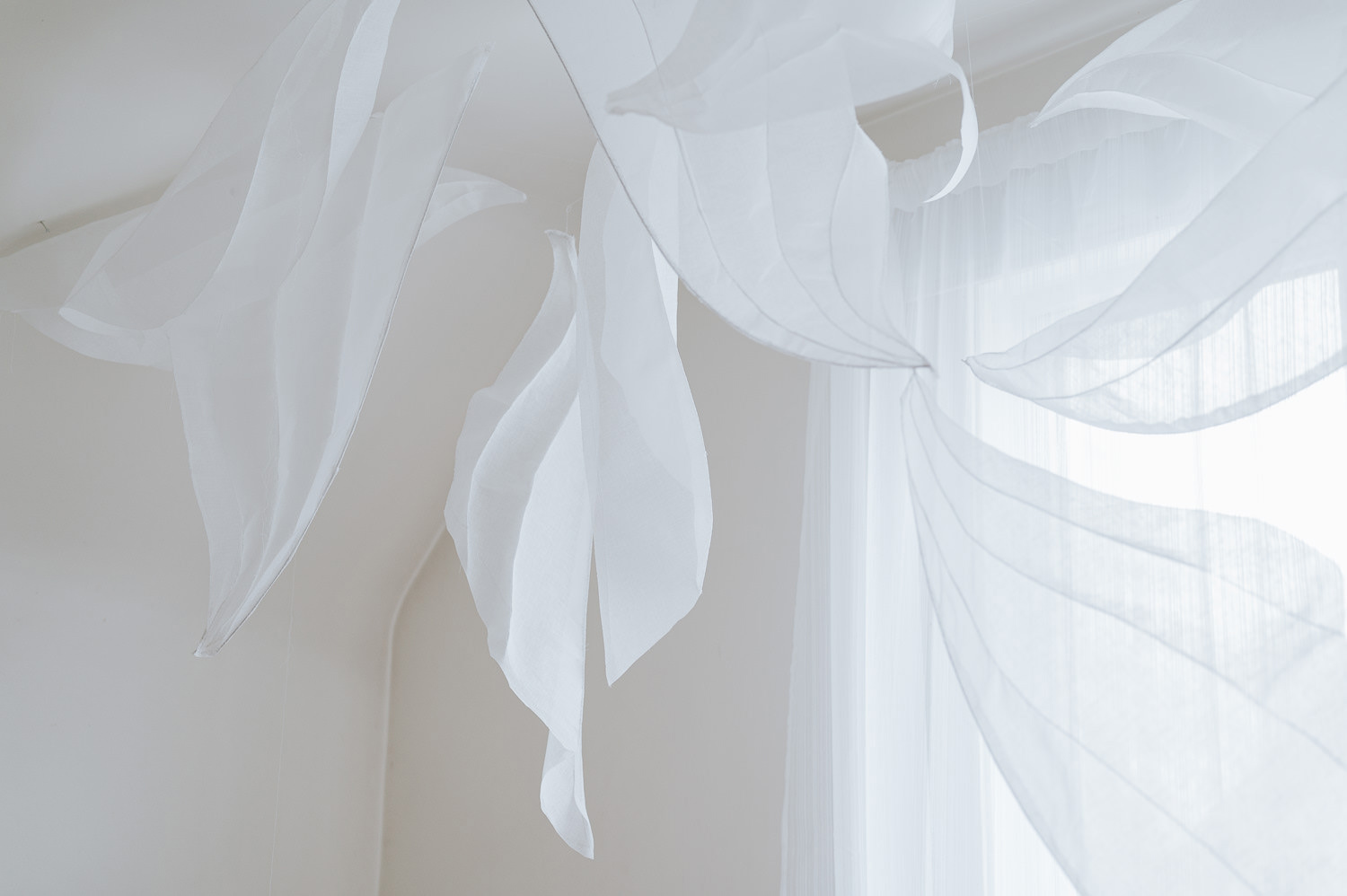
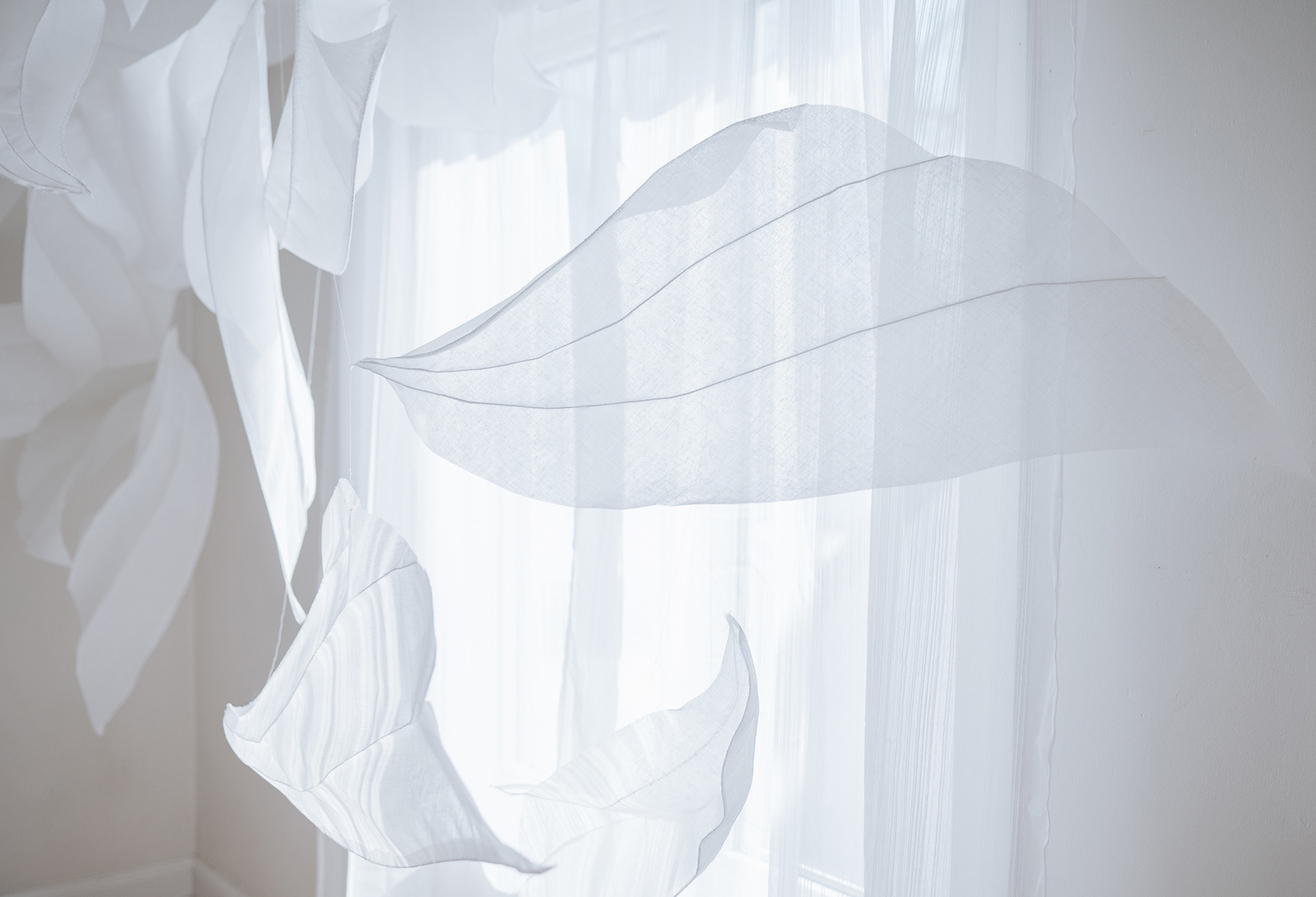
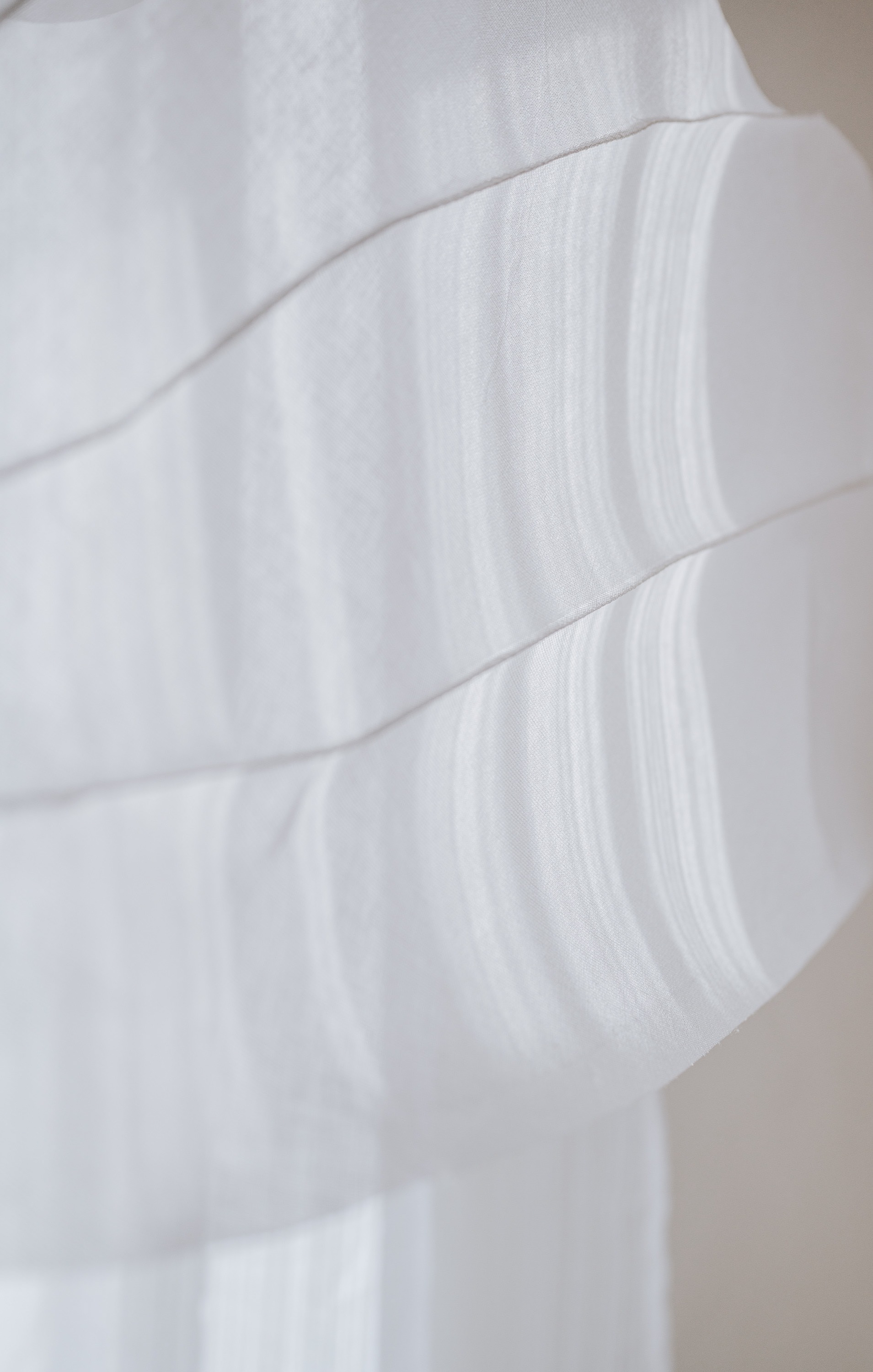
The harsh light rays entering the room are diffused and filtered by the sheer sculpture in front of the window, and the light reflected on and off the walls is scattered, amplified and augmented via the use of the forms that flow through the walls.
The biomimetic form is strategically installed as it emerges from the room corner. It reflects and scatters the light, dispelling the dark gradient space in the environment.
The natural light becomes an object and aids in creating calming ambiences like a cloud or seaweed floating in the ocean water. The materials become alive through form and light interaction.
ZINE
The zine illustrates the feeling and ideas behind the installation. Biomimetic shapes, weightlessness, water, and flow are prevalent aspects in photomontage collages and design.
REFERENCES:
Bonnet, Marcellin. Seaweed. n.d. Photograph. National Geographic. November, 2012.
Bowness. Barbara Hepworth. Another magazine. https://www.anothermag.com/art-photography/gallery/7361/lessons-we-can-learn-from-barbara-hepworth/4 Bonnet, Marcellin. Leaves. n.d. Photograph. National Geographic. November, 2012.
Borodulin, Lev. Jumping woman. Russia Beyond. https://www.rbth.com/multimedia/2013/02/01/lev_borodulin_famous_photographer_of_soviet_sports_22397
Bowness. Barbara Hepworth. Another magazine. https://www.anothermag.com/art-photography/gallery/7361/lessons-we-can-learn-from-barbara-hepworth/4
Doubilet, David. Follow the Water. n.d. Photograph. National Geographic. November 2013.
Doubilet, David. Forgotten Paradise. n.d. Photograph. National Geographic. November 2013.
Dun, Rob. Water Lily. n.d. Photograph. National Geographic. November, 2012.
McCarthy, Douglas. “ (Under the Wave off Kanagawa), 1830–33. Katsushika Hokusa.” Medium. Open GLAM, December 29, 2020. https://medium.com/open-glam/the-great-wave-what-hokusais-masterpiece-tells-us-about-museums-copyright-and-online-da0f25bd4ed2.
NASA. Solar Super Storm. n.d. Photograph. National Geographic. June 2012.
NASA. Sun Struck. n.d. Photograph. National Geographic. June 2012.
Nicklen, Paul. Maya Underworld. n.d. Photograph. National Geographic. August, 2012.
Nicklen, Paul. Maya Underworld. n.d. Photograph. National Geographic. August, 2012.
Photographer, Unknown, “Best Lighting Design Award .” Pinterest, October 21, 2021. https://www.pinterest.ca/pin/109493834681204681/.
Photographer, Unknown, “Un Chien Andalou.” Eye Filmmuseum. Accessed March 30, 2022. https://www.eyefilm.nl/en/whats-on/un-chien-andalou/264604.
Photographer, Unknown, Correct Position To enter the Water. Flickr. https://www.flickr.com/photos/plaisanter/5364410923/sizes/l/in/set-72157625796857048/
Rachwal, Izabela. Skogar Foss. Photograph.
Rachwal, Izabela. Model Side Profile. Photograph.
Rachwal, Izabela. Clouds. Photograph.
Stenzel, Maria. Global Journey. n.d. Photograph. National Geographic. January, 2013.
Xochitl Gonzalez Quintanilla, “Best Lighting Design Award .” Pinterest, October 21, 2021. https://www.pinterest.ca/pin/298082069094727511/.
Vintage by Shore. https://theinspiredroom.net/2012/03/16/vintage-sea-life-prints-etsy-to-the-rescue/
